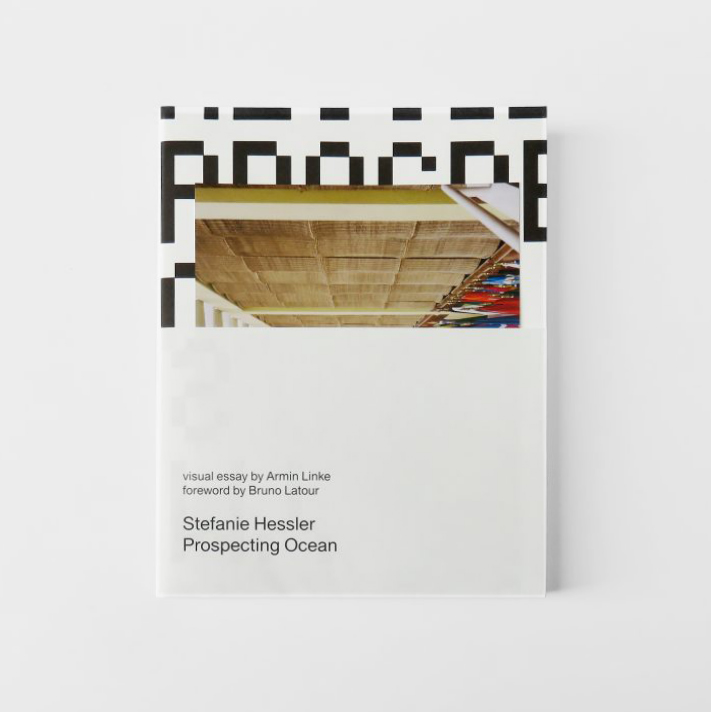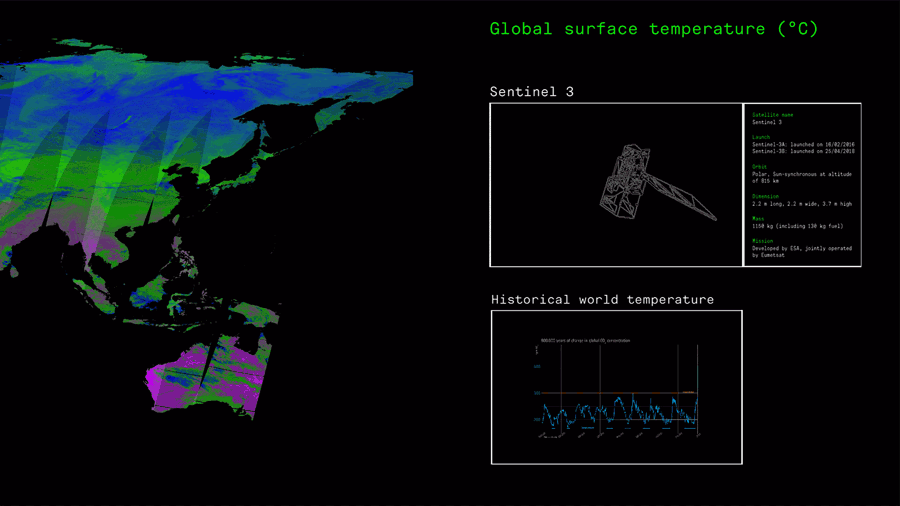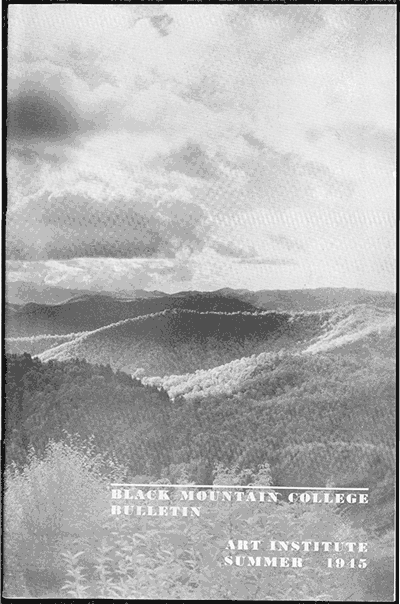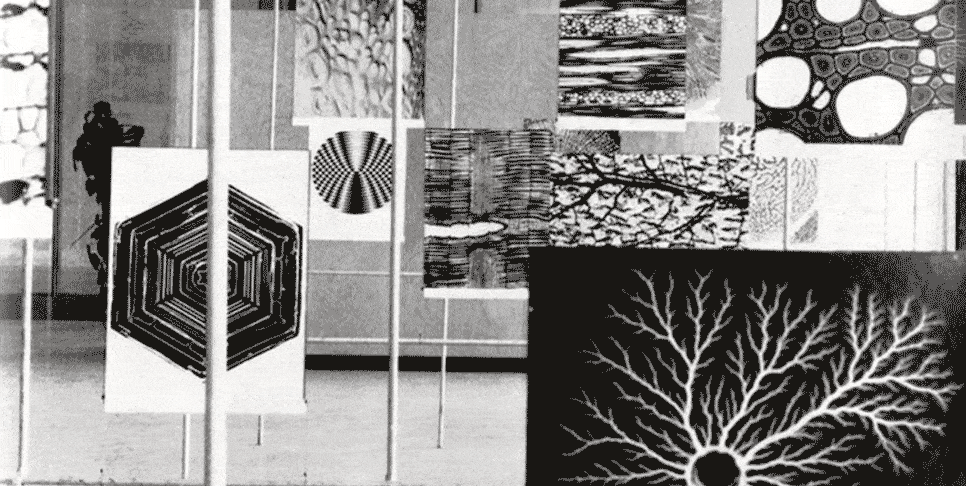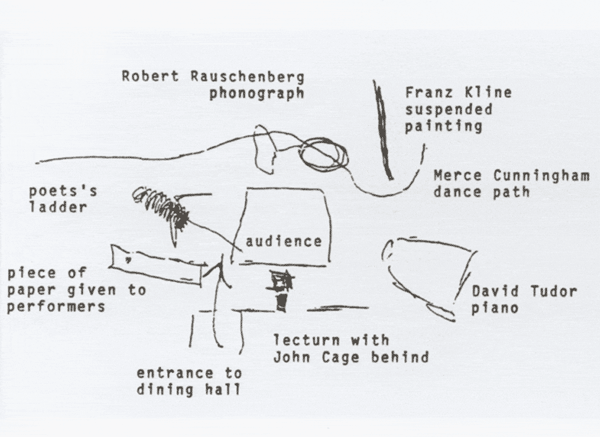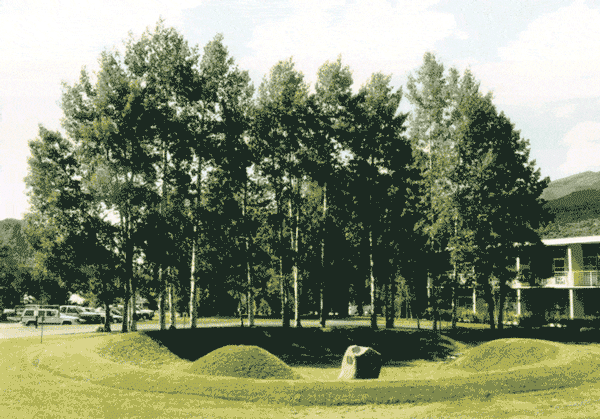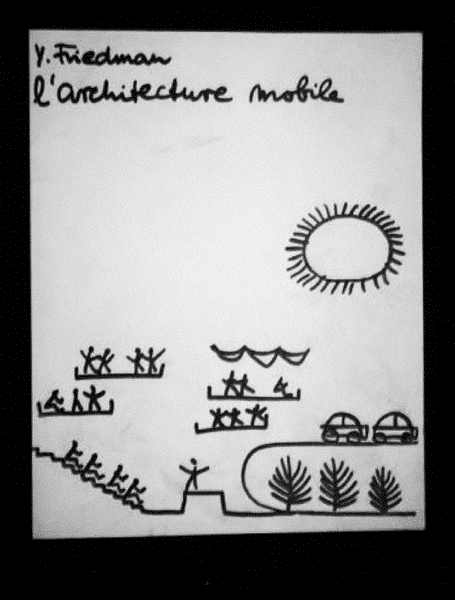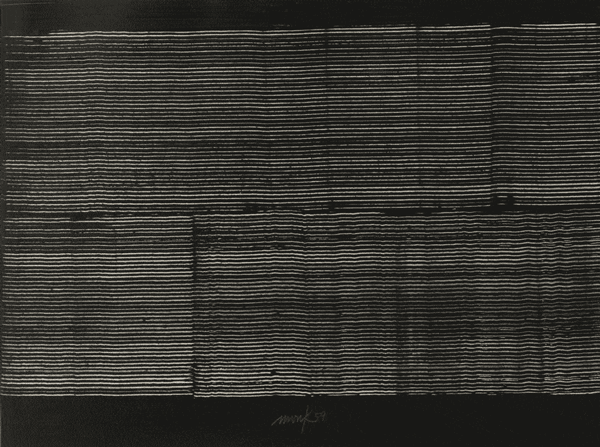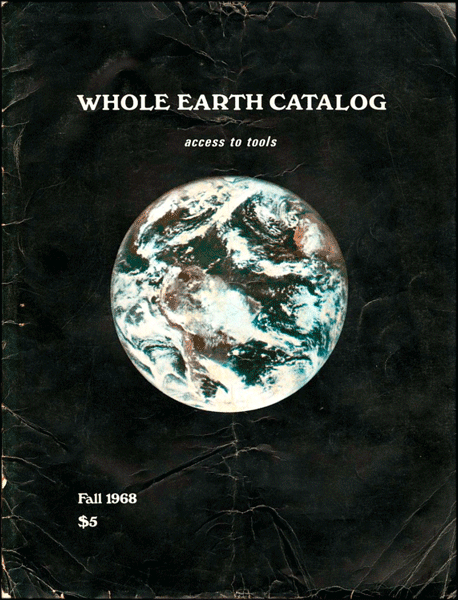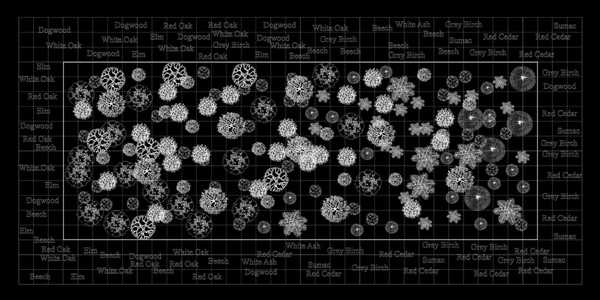
Swimming with Rachel Carson
by Stefanie Hessler
Echoing the “Groundworks” timeline: 1962
“I’ve been drawn to marine biologist Rachel Carson’s words ever since I first encountered them. They are an offer to take readers on a journey into the depths of the waters she describes. Her literary voyage to the seafloor viscerally brings to life what usually remains hidden beneath the ocean’s reflective surface. She takes readers with her as she evokes how sunlight decreases the further she dives, how the pressure on her body increases, and how she encounters ever more otherworldly creatures as she sinks under. Beyond its literary ardour, her writing is also faithful to the scientific world. In bright language, Carson brings the hidden subaquatic worlds closer to readers – vividly, attentively.”
“Today, as reality is changing beyond recognition in the Anthropocene, established methods of naming and depicting, if always flawed, are ever more prone to falling short. Rachel Carson pointed this out already in 1962, writing about the toxicological impact of pesticide use: ‘Their presence casts a shadow that is no less ominous because it is formless and obscure, no less frightening because it is simply impossible to predict the effects of lifetime exposure to chemical and physical agents that are not part of the biological experience of man.’ (→ 1) In a similar vein, today’s climate catastrophe casts a vast and formless shadow. It defeats unidimensional understandings. Its formlessness and the uncertainty it points toward shatter established forms of representation – even if their unintelligible abundance may also increase uncertainty – and thus ways of communicating about and grappling with the imminent climate disaster.”
- (1) Rachel Carson, Silent Spring (Boston and New York: Mariner Books, 2002 [1962]), 188.
Stefanie Hessler — Prospecting Ocean
(London: TBA21–Academy; Cambridge, MA and London: The MIT Press, 2019), 24, 27, 33.
|
Rachel Carson was an American biologist well known for her writings on environmental pollution and the natural history of the sea. Her prophetic Silent Spring became a best seller, creating worldwide awareness of the dangers of environmental pollution. It suggested in 1962 that the planetary ecosystem was reaching the limits of what it could sustain. Stefanie Hessler is a curator, writer, and editor. Her work focuses on interdisciplinary systems from an intersectional feminist perspective, with an emphasis on the ocean and other ecologies, as well as on expanded definitions of life and non-life, nonhumans, and technology. She is the director of Kunsthall Trondheim in Norway and curator of the 17th MOMENTA | Biennale de l’image, titled “Sensing Nature” in Montreal, Canada (upcoming September 2021). In Prospecting Ocean (2019), Hessler investigates the entanglement of industry, politics, culture, and economics at the frontier of ocean extractivism. The book expands and deepens the research conducted for Armin Linke’s exhibition Prospecting Ocean and highlights ocean spaces in the work of other artists, demonstrating that visual culture offers new and urgent perspectives on ecological crisis.
|
“maat Explorations” is an ongoing programme that delves into the socio-cultural and environmental transformations stemming from the current bio crisis and ecological destruction. It provides an insight into the hard science of climate intervention and the creative speculations behind innovation-led research to safeguard our planetary co-existence. Prominent in this strand is the installation Earth Bits – Sensing the Planetary, that opens access to the complex interconnectedness between the environmental and the energetic quests and its reverberation through decades of artistic production, political and cultural movements traced from the 1960s until today. On maat ext., a series of #groundworks hashtags introduce the critical explorations that feed into the complex interconnectivity between the environmental and energetic quests, and its reverberation through decades of artistic production, political and cultural movements traced from the 1960s until today.
|
Inspired by Rachel Carson, I too hope to bridge scientific knowledge and embodied writing, imbued with experience.
Stefanie Hessler |
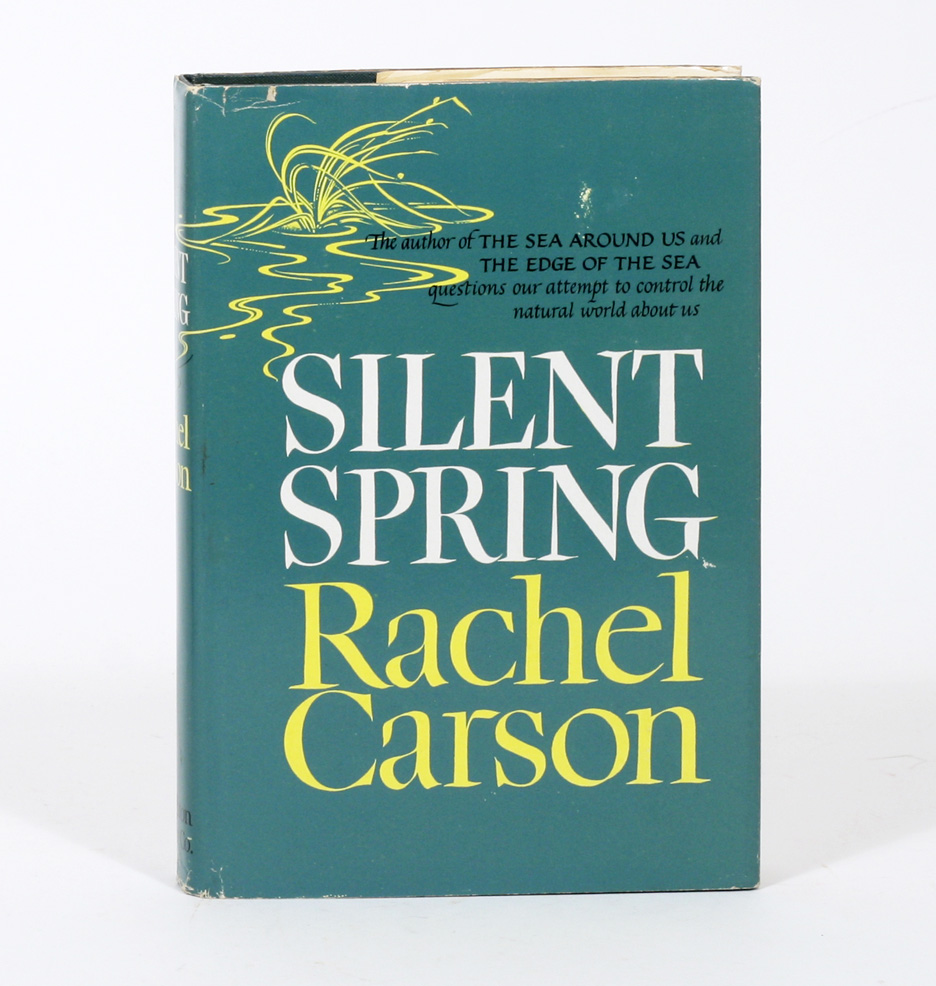
|
(top) “Silent Spring” was first published as a serial in "The New Yorker" magazine and then as a book by Houghton Mifflin, in 1962. More images here.
Cover of Stefanie Hessler's "Prospecting Ocean", 2019, with photos by Armin Linke. |
|


